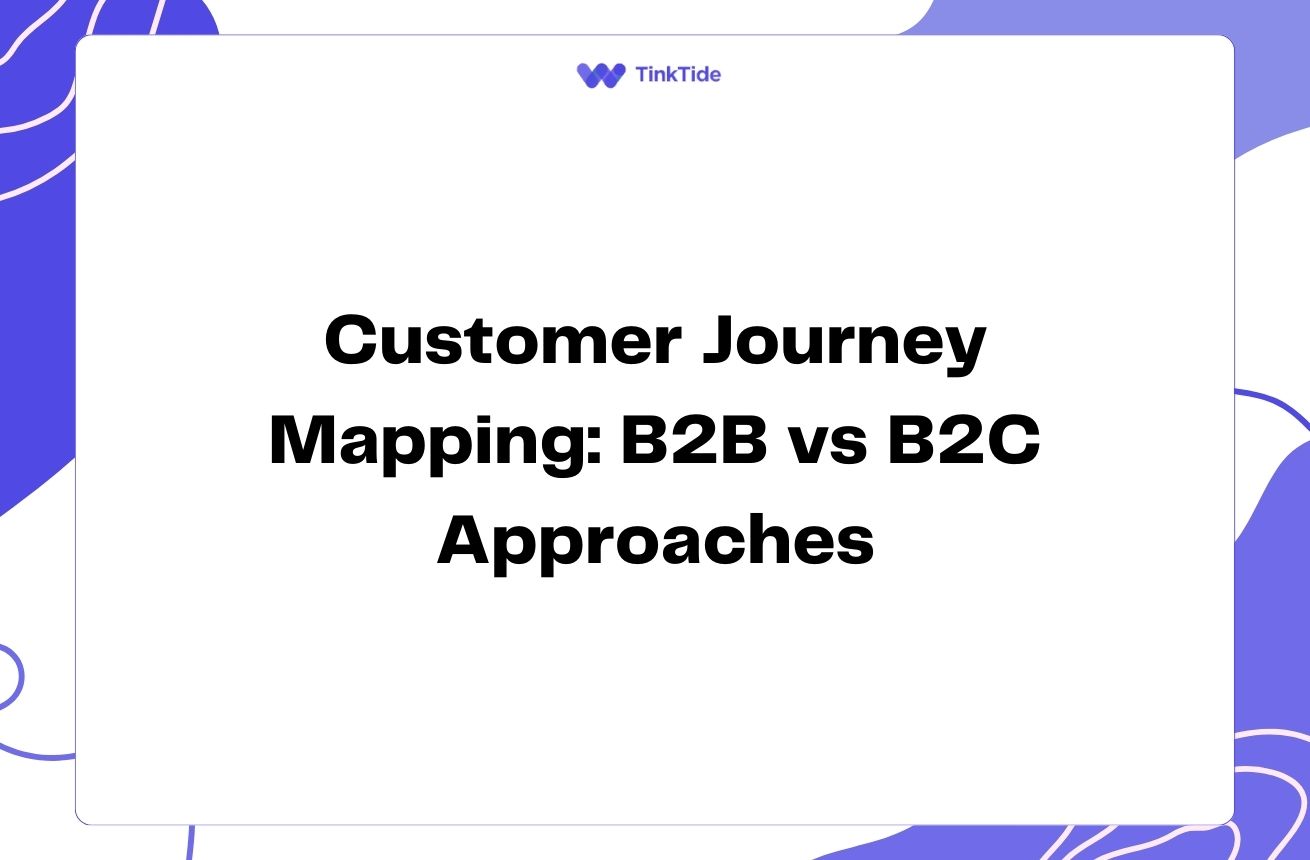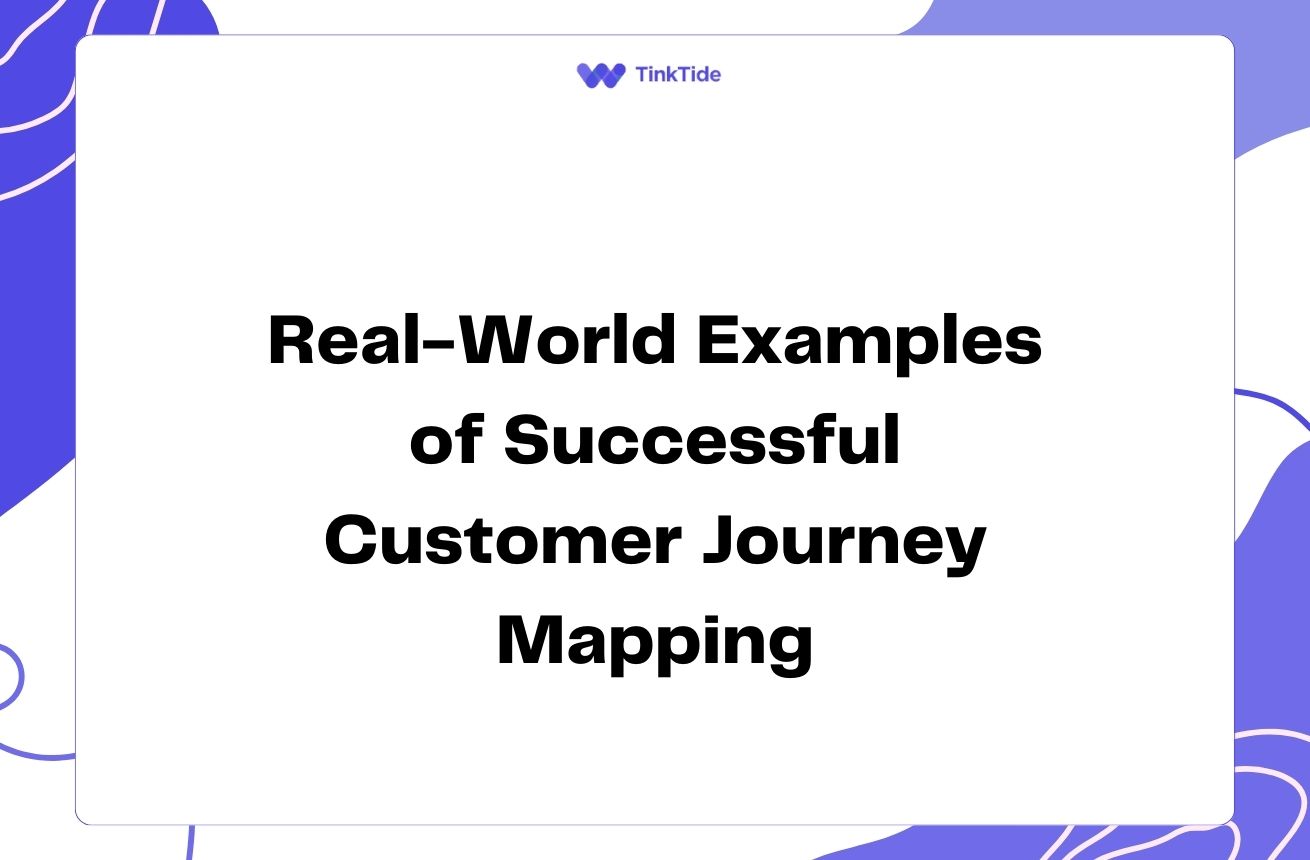Align Marketing Strategies with Customer Journey Maps
Understanding Customer Journey Maps
Customer journey maps are visual representations of the entire customer experience with your brand. They outline every touchpoint a customer has with your company, from initial awareness to post-purchase support. By understanding these maps, you can identify key moments that influence customer decisions and shape their perceptions.
These maps typically include several stages, such as awareness, consideration, purchase, retention, and advocacy. Each stage represents a different mindset and set of needs that your marketing strategies must address. For example, during the awareness stage, customers are just learning about your brand, while in the consideration stage, they're actively comparing your offerings to competitors.
To create an effective customer journey map, you need to gather data from various sources, including customer surveys, website analytics, and sales data. This holistic view allows you to see where customers might be experiencing friction or where there are opportunities to enhance their experience.
By aligning your marketing strategies with these journey maps, you can create more targeted, relevant, and effective campaigns that resonate with customers at each stage of their journey.
Benefits of Aligning Marketing with Customer Journeys
Integrating customer journey maps into your marketing strategy offers numerous advantages:
- Improved customer experience across all touchpoints
- More personalized and relevant marketing messages
- Increased conversion rates and customer loyalty
- Better allocation of marketing resources
- Enhanced cross-functional collaboration within your organization
Mapping Marketing Strategies to Journey Stages
To effectively align your marketing strategies with customer journey maps, you need to tailor your approach for each stage. Let's break down how to do this:
Awareness Stage: At this point, potential customers are just discovering your brand. Focus on creating content marketing strategies that educate and inform. Use social media, SEO, and paid advertising to increase visibility and attract attention.
Consideration Stage: Here, customers are evaluating your offerings. Develop lead nurturing campaigns that provide detailed product information, comparisons, and case studies. Implement retargeting ads and email marketing to stay top-of-mind.
Purchase Stage: As customers prepare to buy, remove any barriers to purchase. Optimize your website for conversions, offer clear calls-to-action, and provide excellent customer support. Consider using A/B testing to refine your messaging and user experience.
Retention Stage: After the purchase, focus on customer onboarding, support, and engagement. Implement loyalty programs, send personalized product recommendations, and gather feedback to improve your offerings.
Leveraging Data for Personalization
One of the key benefits of aligning marketing with customer journey maps is the ability to personalize your messaging. Use the data collected from your journey mapping process to create detailed customer personas and tailor your marketing efforts accordingly.
Implement marketing automation tools to deliver personalized content based on customer behavior and preferences. For example, if a customer frequently browses a particular product category, send them targeted emails or display ads featuring those products.
Consider using AI-powered tools to analyze customer data and predict future behavior. This can help you anticipate customer needs and proactively address them through your marketing campaigns.
Remember that personalization goes beyond just using a customer's name in an email. It's about delivering the right message, through the right channel, at the right time based on where the customer is in their journey.
Measuring Success and Iterating
To ensure your aligned marketing strategies are effective, you need to consistently measure their performance and make data-driven improvements. Here's how:
Set clear KPIs for each stage of the customer journey. These might include metrics like engagement rates, conversion rates, customer lifetime value, and Net Promoter Score (NPS). Use tools like Google Analytics and customer feedback platforms to track these metrics.
Regularly review your customer journey maps and marketing strategies. Customer behaviors and preferences change over time, so your approach should evolve too. Conduct periodic surveys and interviews to stay in tune with your customers' needs.
Use A/B testing to continuously optimize your marketing messages and tactics. Test different content, designs, and offers to see what resonates best with your audience at each stage of their journey.
Don't be afraid to pivot if something isn't working. The beauty of aligning your marketing with customer journey maps is that it provides a framework for experimentation and improvement.
Steps to Align Marketing with Customer Journey Maps
Follow these steps to effectively integrate customer journey maps into your marketing strategy:
- Step 1: Create detailed customer journey maps for each of your key customer segments
- Step 2: Identify key touchpoints and moments of truth in the customer journey
- Step 3: Analyze your current marketing strategies and how they align (or don't) with the journey map
- Step 4: Develop new marketing initiatives that address gaps or pain points in the customer journey
- Step 5: Implement personalization and marketing automation to deliver targeted messages
- Step 6: Continuously measure performance and gather customer feedback
- Step 7: Regularly update your journey maps and marketing strategies based on new data and insights
Overcoming Common Challenges
Aligning marketing strategies with customer journey maps can be challenging. Here are some common obstacles and how to overcome them:
Data Silos: Often, customer data is spread across different departments and systems. Implement a Customer Relationship Management (CRM) system to centralize data and provide a unified view of the customer journey.
Organizational Resistance: Some team members may resist changes to established marketing practices. Address this by clearly communicating the benefits of alignment and providing training on new approaches.
Resource Constraints: Creating and maintaining customer journey maps can be resource-intensive. Start with a pilot project for one key customer segment to demonstrate value before scaling up.
Technology Limitations: You may need new tools to effectively align marketing with journey maps. Evaluate your current tech stack and invest in solutions that support personalization and cross-channel marketing.
Address common questions
Here are some frequently asked questions about aligning marketing strategies with customer journey maps:
How often should we update our customer journey maps?
Customer journey maps should be reviewed and updated regularly, ideally every 6-12 months. However, you should also make updates whenever there are significant changes in customer behavior, new product launches, or shifts in your market landscape.
Can small businesses benefit from this approach?
Absolutely! While the process might be simpler for small businesses, aligning marketing with customer journeys can provide valuable insights and improve customer experiences regardless of company size. Small businesses often have the advantage of being more agile and able to implement changes quickly.
How do we handle multiple customer segments with different journeys?
Create separate journey maps for each key customer segment. While there may be overlaps, each segment likely has unique needs and behaviors. Tailor your marketing strategies to address these differences while maintaining a consistent overall brand experience.
What tools are essential for aligning marketing with customer journeys?
Key tools include CRM systems, marketing automation platforms, analytics tools, and customer feedback software. Specific recommendations might include Salesforce for CRM, HubSpot for marketing automation, Google Analytics for web analytics, and Qualtrics for customer feedback.
How do we measure the ROI of this alignment?
Measure improvements in key metrics such as customer acquisition cost, conversion rates, customer lifetime value, and customer satisfaction scores. Compare these metrics before and after implementing your aligned marketing strategies. Also, track the efficiency of your marketing spend and any increases in cross-sell or upsell opportunities.
How can we ensure consistency across different marketing channels?
Develop a clear brand messaging framework that aligns with your customer journey maps. Use this framework to guide content creation across all channels. Implement a content calendar and approval processes to ensure consistency. Regular team meetings and cross-functional collaboration can also help maintain alignment.
Provide additional resources
Customer Journey Mapping Guide
A comprehensive guide to creating effective customer journey maps
HubSpot's Free Persona Generator
Tool to help create detailed customer personas for your journey maps
Marketing Automation Best Practices
Tips for implementing marketing automation in your strategy
Google Analytics Academy
Free courses to master web analytics for measuring marketing performance
Customer Experience Statistics
Data highlighting the importance of customer experience in marketing
Salesforce Marketing Cloud Overview
Information on a comprehensive platform for customer journey management
Summarize key takeaways
Aligning your marketing strategies with customer journey maps is a powerful way to enhance the effectiveness of your campaigns and improve overall customer experience. By understanding the different stages of the customer journey and tailoring your marketing efforts accordingly, you can create more personalized, relevant, and impactful interactions with your audience.
Remember that this is an ongoing process. Continuously gather data, update your journey maps, and refine your marketing strategies. Embrace new technologies and tools that can help you better understand and engage with your customers at every stage of their journey.
Start by mapping out your customer journeys, identifying key touchpoints, and aligning your marketing initiatives with these insights. With persistence and a customer-centric approach, you'll be well on your way to creating more effective marketing campaigns and building stronger, more profitable customer relationships.
Elevate Your Marketing Strategy
Ready to align your marketing with customer journeys? Start your free trial of our marketing automation platform today.
Start Your Free Trial
